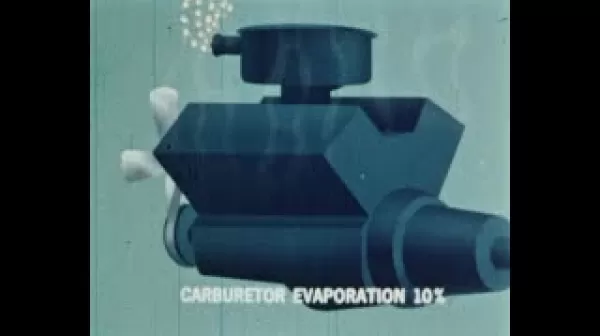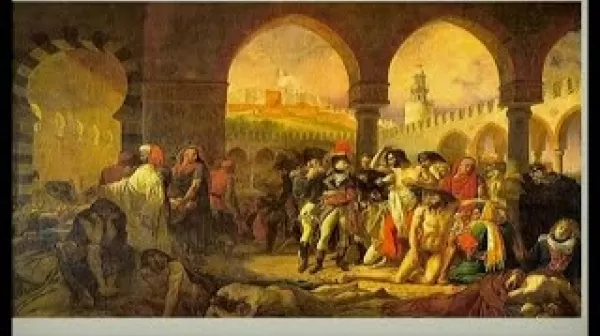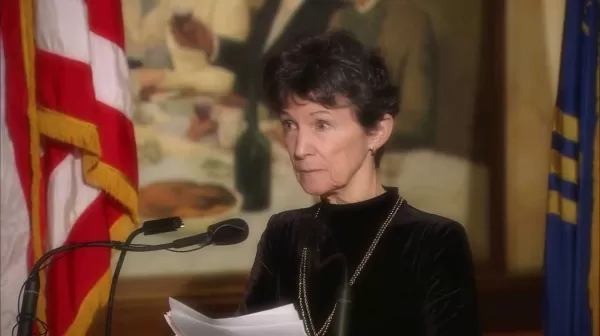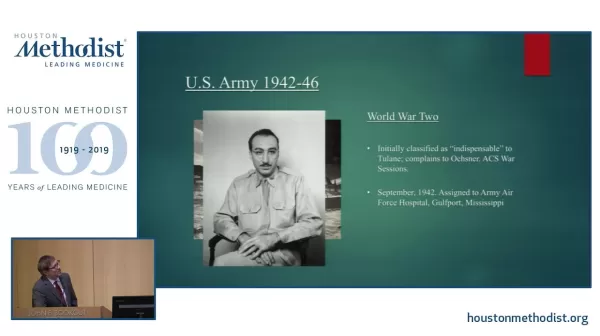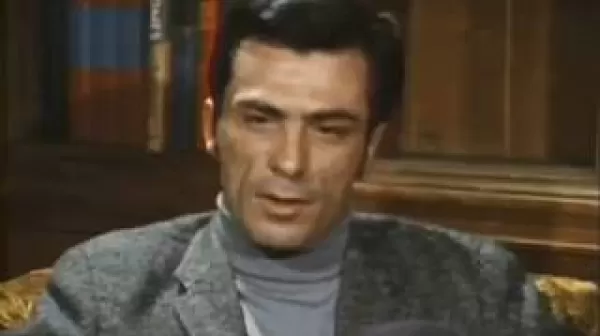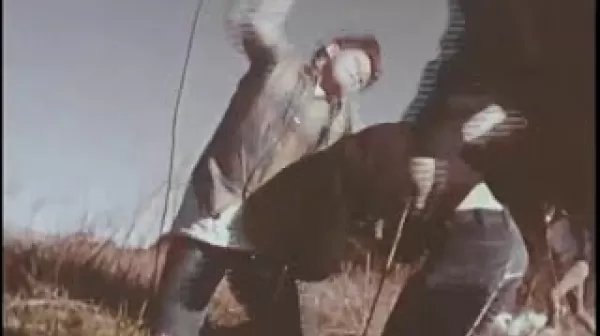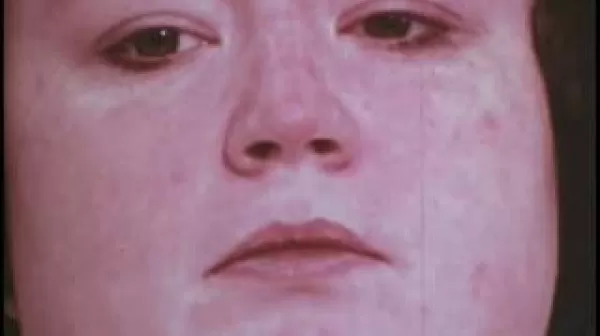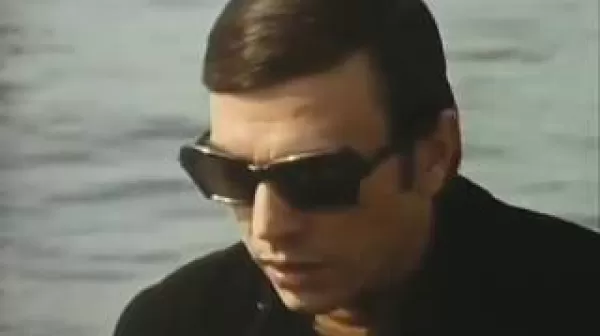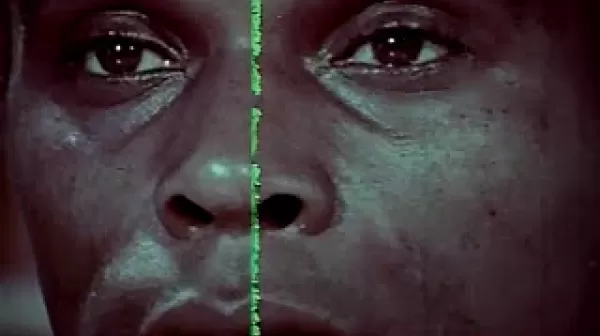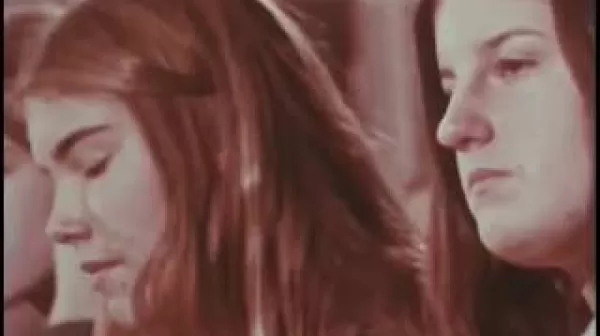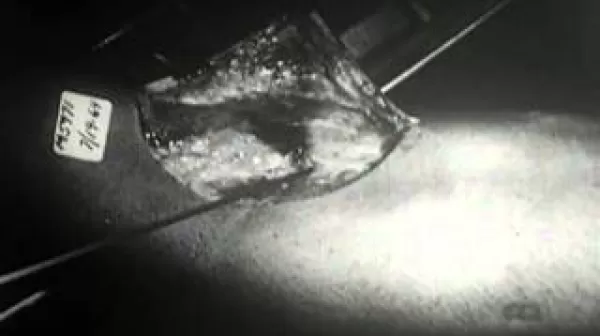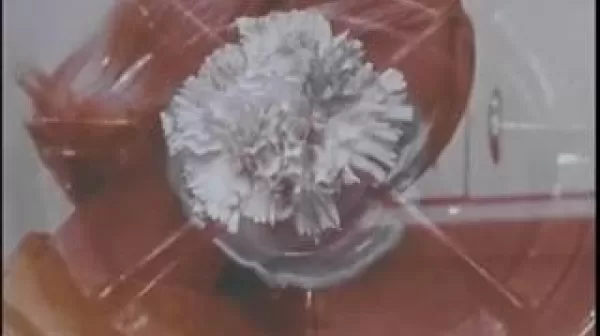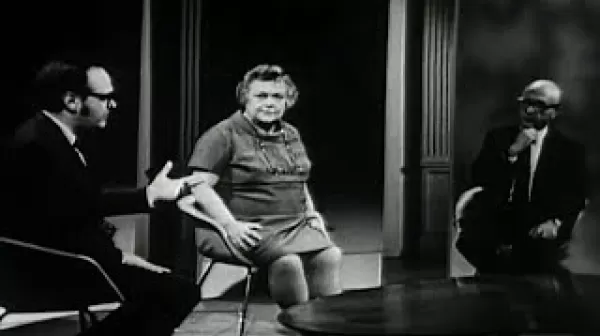Horsepower and Hydrocarbons (UCLA, 1965)
The film examines the contribution of motor vehicle exhaust to atmospheric pollution, with particular reference to the situation in Los Angeles, where topographical and climatic conditions there produce the effect of photochemical smog with the burden of vehicle exhaust in the air. The effects on human health are shown: experiments with animals and human volunteers are explained and the adverse effect upon plant life demonstrated. An estimation of the cost in economic and human terms is provided for California and the US as a whole.

